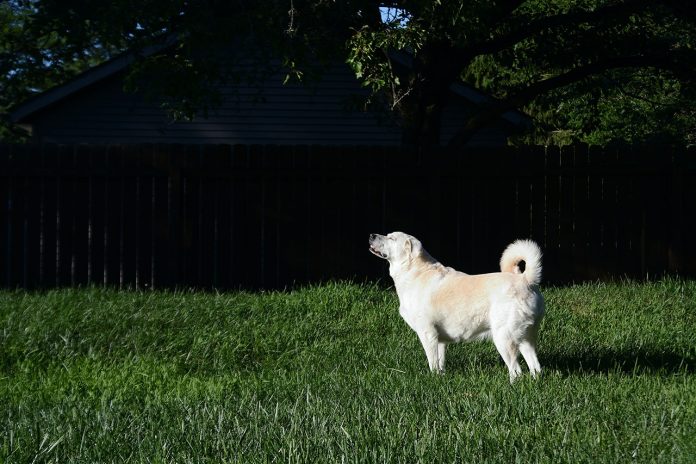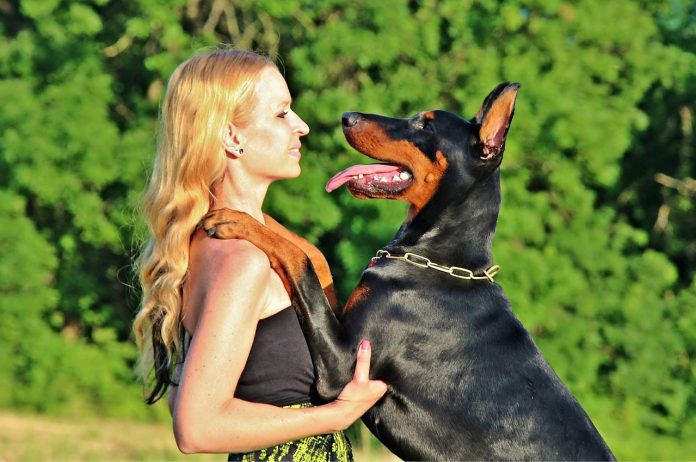Don’t let their giant size fool you – Great Pyrenees can make excellent hiking companions when properly prepared and conditioned. Developed as livestock guardian dogs in the Pyrenees Mountains, the Great Pyrenees breed offers calm confidence, protective devotion, and low exercise needs quite conducive to scenic hiking.
Table of Contents
You may also want to know: How to start hiking
Getting to Know the Great Pyrenees
Key things to understand about Great Pyrenees temperament for hiking:
- Outstanding stamina due to their mountain heritage, but no need for intense speed or distance. They’re happy setting a steady, mild pace.
- Strong independence – They’re calmly confident and not highly excitable.
- Devotion to their family – the Pyrenees form deep bonds and like including themselves in family activities.
- General wariness of strangers unless properly socialized. Their guardian history makes them vigilant.
- Sensitivity to heat – Their thick double coat poses overheating risks in warmer weather.
When properly managed, their mild manner mixed with stalwartness makes them pleasant, protective hiking companions.
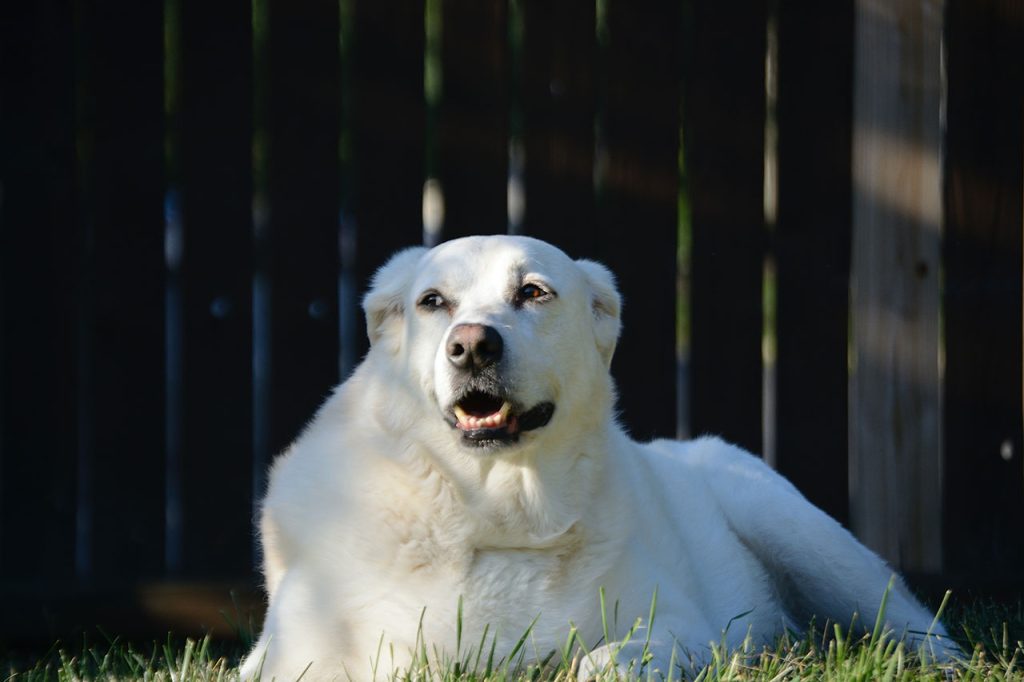
Picking Pyrenees-Friendly Hiking Trails
When selecting trails to hike with your Great Pyrenees look for:
- Shade coverage – Trees or buildings offering sun relief to prevent overheating their thick coats.
- Access to water – Streams, lakes, or ponds for swimming, wading, drinking, and cooling.
- Wide dirt or gravel paths – Nothing too rocky, slick, or rugged under their large paws.
- Flat or gently sloped terrain – Gradual inclines avoid too much pounding on joints from their weight.
- Mileage between 2-4 miles – Avoid overexerting their weaker joints and endurance.
Having Your Pyrenees Hike-Ready
Pack these supplies for your Pyrenees’ hiking comfort and safety:
- A sturdy leash and properly fitted harness – Great Pyrenees can pull when stubborn or distracted by scents.
- Cooling gear like a cooling vest, towel, or portable fan. Avoid overheating.
- Flotation vest if swimming – Not all Pyrenees are strong swimmers.
- Treats – For reinforcing training and checking in on the trail. Soft chews are easy to eat while hiking.
- First aid kit – Their fur hides scrapes or injuries. Disinfectants, gauze, tick removal tools, and tweezers are essentials.
And be sure to bring your own hiking necessities like navigation, nutrition, lighter leash, etc.
Training Tips for Hiking With A Great Pyrenees
Work on key skills using reward-based training methods:
- Loose leash walking – Use treats and start in low-distraction areas first. Their strength allows pulling.
- A reliable recall – Use a long lead when first practicing. Pyrenees can be selectively heard.
- Socialization around strangers, dogs, strange noises, etc – Their vigilance requires extensive exposure.
- The “leave it” command – Curb investigative urges towards critters or food on the trail.
Stay upbeat during training and make it a positive experience. You want your Pyrenees looking forward to time together exploring the outdoors.
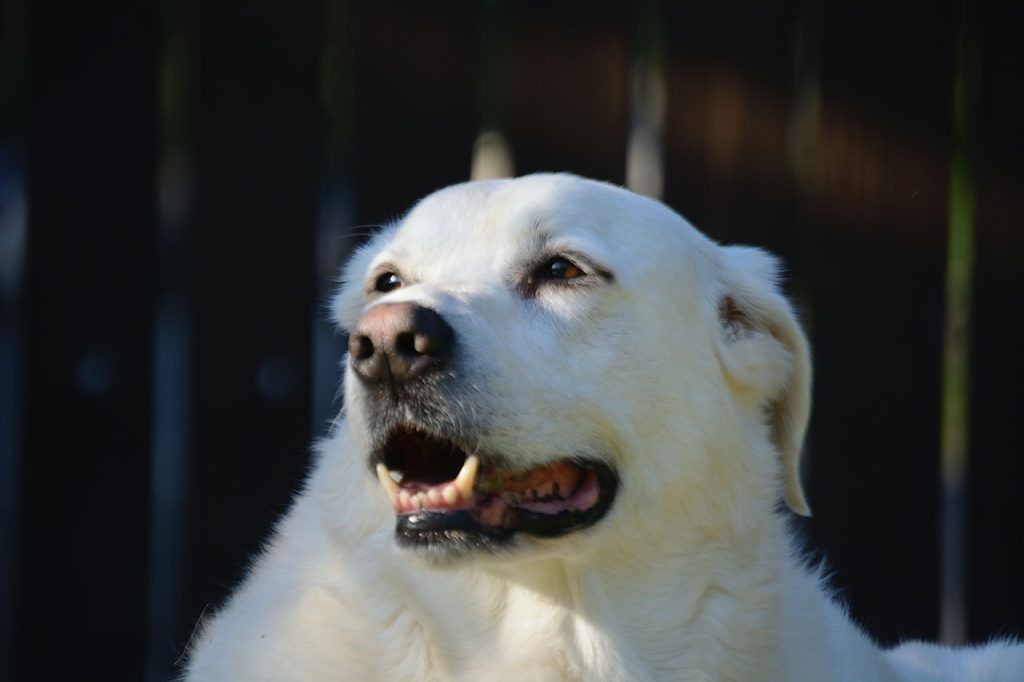
Safety Tips When Hiking With A Great Pyrenees
Pay attention to these risks when hiking with the Pyrenees:
- Overheating – Pyrenees struggle to regulate body temperature. Rest frequently in the shade and ensure hydration.
- Sore joints – Look for limping, stumbling, or reluctance to move. Carry them out if injuries occur.
- Wary of strangers – Allow adequate personal space when passing others on the trail. Have strangers offer treats.
- Porcupines – Their poor eyesight and curiosity are a dangerous combo. Give any sighted porcupines a very wide berth.
Keep hiking distances conservative and gauge your Pyrenees’ comfort level often when on the trail together. Be ready to assist or carry them out if they become overheated, injured, or exhausted. With age their endurance becomes limited.
Rewarding Your Great Pyrenees After a Hike
After an invigorating hike, be sure to:
- Give treats and happy praise for keeping pace and checking in.
- Provide fresh water then inspect paws and belly fur for signs of overheating, plant debris or injuries.
- Massage their muscles with a grooming mitt to promote relaxation after exercise.
- Make their next meal something tasty and nutrient-rich, like cooked chicken and rice, to replenish calories.
Equipping you with knowledge of the breed’s traits, needs and risks allows you both to enjoy peaceful times together in the great outdoors. Before you know it, your loyal Pyrenees will happily be by your side wandering every trail.
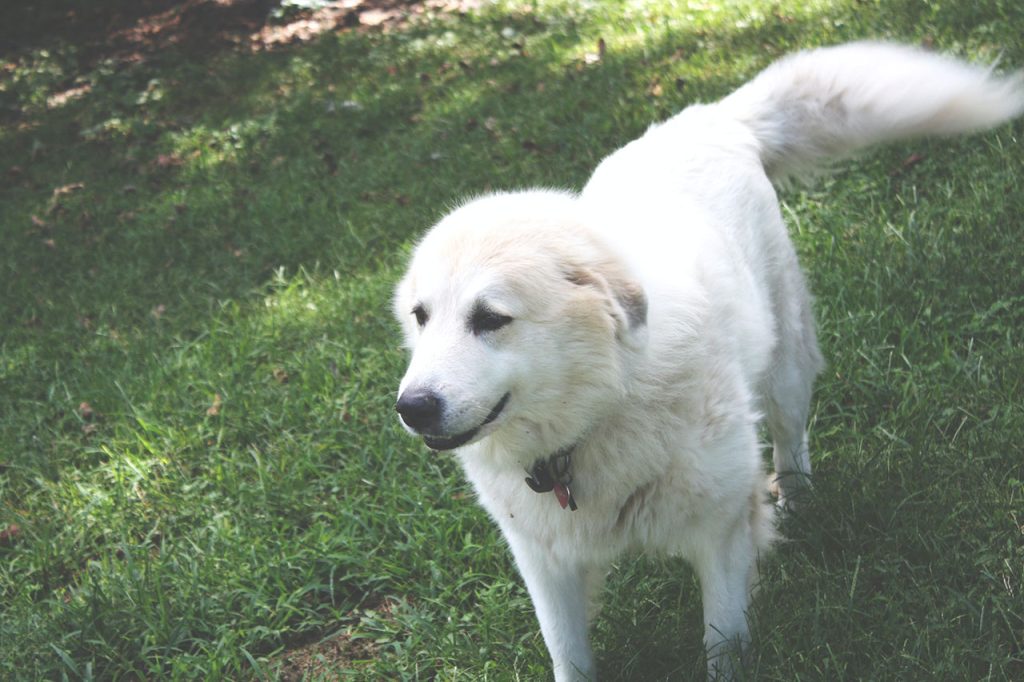
Related Links:
https://en.wikipedia.org/wiki/Hiking


